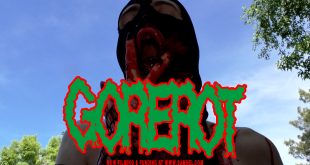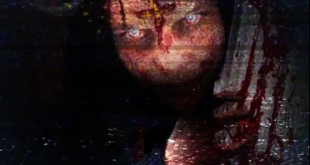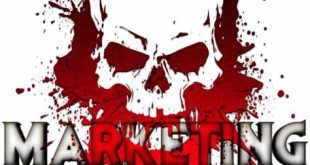In 1993, columnist John Donavan accepted his first task as an essayist and journalist on ABC’s Turning Point. He had recently gotten back to the United States from Moscow after over 10 years abroad, covering unfortunate worldwide struggles as an unfamiliar journalist. Donavan had been on the ground during the Gulf War, the Israeli attack of Lebanon and paramilitary conflicts in Northern Ireland. However, when ABC requested that he cover the preliminary of Danny Rolling-a Louisiana man accused of chronic homicides in Gainesville in 1990-he felt uncomfortable.
“I had been covering some quite awful human misfortune. It was for a huge scope, and it regularly had extremely major political results,” Donavan says. “This was whenever I first did a story where the misfortune was all there was. What’s more, it was extremely, individual.”
An obscure attacker got into sliding glass entryways, slipping inside to kill ladies and men apparently at arbitrary. As assaults pulled in a tempest of public media consideration, overreacted Gainesville occupants hustled to buy the neighborhood supply of weapons and deadbolts. The Gainesville Ripper, an exciting (and prominently imperfect) book about the case distributed soon after Rolling’s preliminary, exaggeratedly portrays dread and frenzy so serious that Gainesville assumed the strange feel of a thriller. “The cost had now arrived at five dead in 48 hours,” creator Mary Ruck composed. “Furthermore, this time the killings happened right on ‘Elm’ Street. ‘Freddie’ was free as a bird.”
How ‘Shout’ Explored the Exploitative Nature of the Nightly News
Donavan’s episode of Turning Point circulated in March 1994, when celebrated screenwriter Kevin Williamson was as yet a Hollywood confident frantic for a break with his Versace sunglasses. However Williamson concentrated on theater expressions at East Carolina University and had been projected in a couple of little TV parts, he expected to sell a content that could cover his late lease and vehicle installments. In a 1998 meeting, Williamson credited the Turning Point unique with providing him with an eruption of motivation. “[I] headed out to the desert for three days, secured myself a room, and I hammered it out,” Williamson reviewed in a narrative.
The striving screenwriter needed to get $20 just to print a duplicate for his representative. However, incredibly, the content immediately turned into the subject of an out and out offering battle with interest from Universal, Paramount, Miramax and that’s just the beginning. “The initial thirty pages were maybe the most convincing thirty pages of a content I have at any point perused,” maker Cathy Conrad later reviewed. “I was unable to put it down. I was scared.”
The film was “Scream”. Whenever it was delivered in December 1996, the Wes Craven-coordinated slashes stunned crowds with its realistic savagery and pleased thriller enthusiasts with its clever, random data mixed discourse. The story follows secondary school understudy Sidney Prescott as she’s followed and insulted by a film fixated executioner in a modest Halloween veil. Williamson’s savvy, layered parody and chilling panics resuscitated American thrillers during when most went directly to VHS-and sent off an establishment that kept up with the first movie’s interesting equilibrium between dread and tomfoolery.
 Horror News | HNN Official Site | Horror Movies,Trailers, Reviews
Horror News | HNN Official Site | Horror Movies,Trailers, Reviews






